A Moroccan wedding is a joyous and elaborate celebration that typically spans three days, filled with various rituals, customs, and festivities. Each day holds unique significance and is marked by distinct ceremonies and traditions. Here's a glimpse into the three-day extravaganza of a Moroccan wedding.
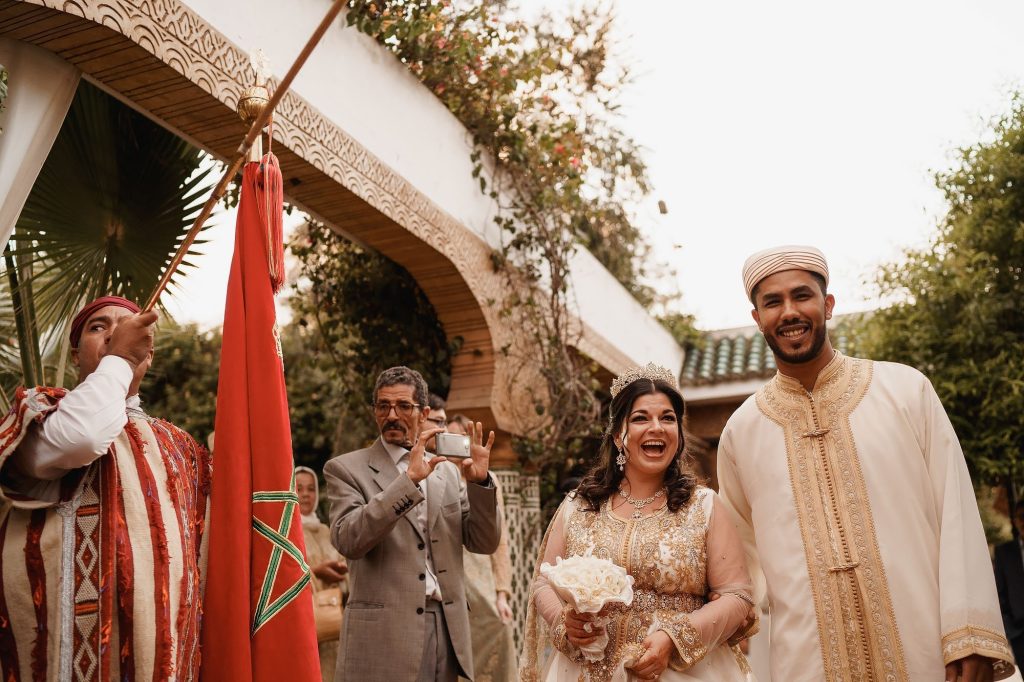
Day 1: Hammam and Henna Ceremony The first day of the Moroccan wedding often begins with a hammam ritual, a traditional steam bath that symbolizes purification and preparation for marriage. It involves cleansing and beautifying the bride and groom at separate locations. Friends and family gather to apply traditional henna designs on the bride's hands and feet in the evening. This ceremony, known as “Laylat Al-Henna,” is a lively event with singing, dancing, and the sharing of traditional Moroccan dishes.
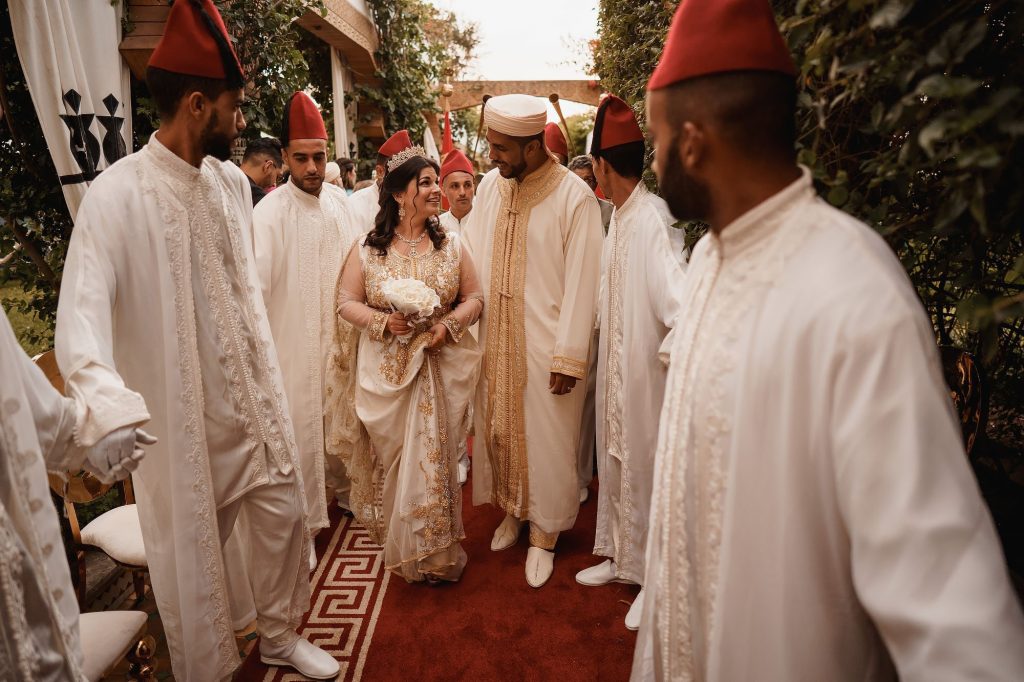
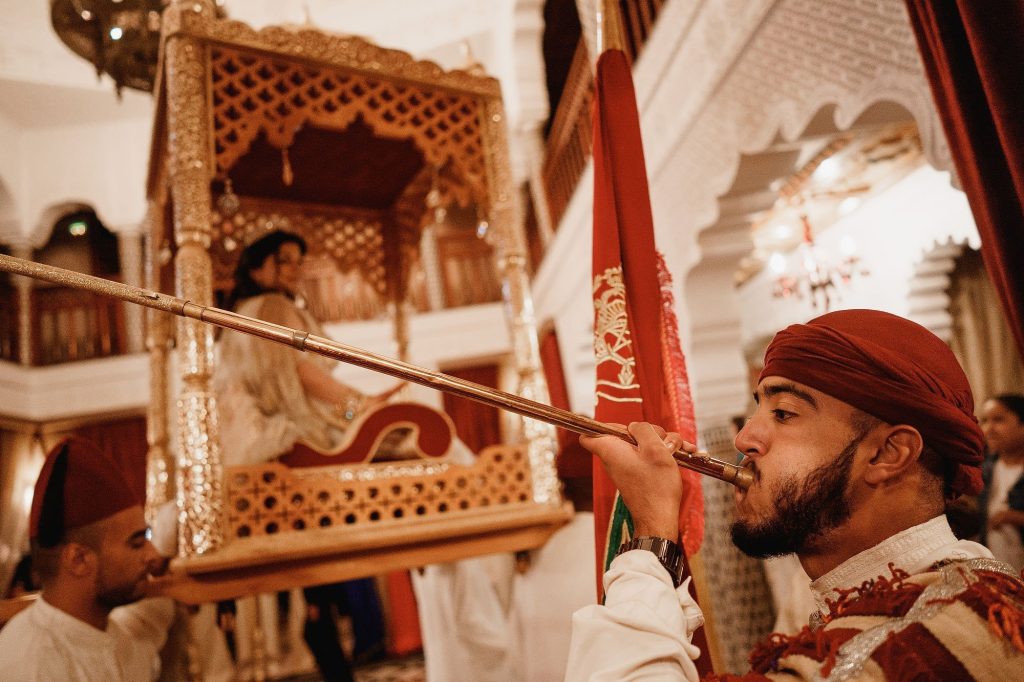
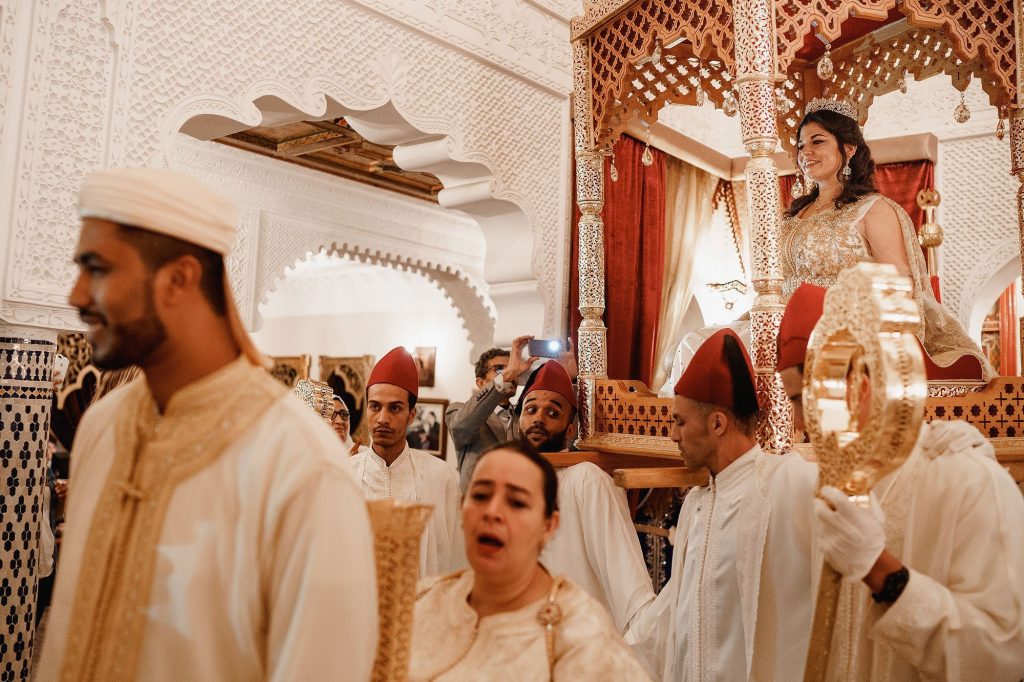
Day 2: Zaffa, Reception, and Party The second day is the highlight of the Moroccan wedding. It begins with the “Zaffa,” a grand procession led by musicians, drummers, and dancers. The bride and groom are escorted in a parade through the streets to the wedding venue. Family members and friends join in, creating a vibrant and festive atmosphere.
Upon reaching the venue, the reception takes place. Lavish decorations, traditional Moroccan music, and a feast of delectable dishes await the guests. The bride and groom make a grand entrance and are welcomed with applause and ululations. Some newlyweds perform a traditional dance showcasing their happiness and celebrating their union.
During the reception, there are speeches, blessings, and the exchange of gifts. The couple receives blessings and well-wishes from family members and guests. The celebration continues late into the night with music, dancing, and merriment.
Day 3: Wedding Feast and Farewell The third day of the Moroccan wedding is a culmination of the festivities. It begins with a traditional wedding feast called “L'Ftou,” where an abundant spread of Moroccan delicacies is served to the guests. The menu typically includes tagines, couscous, pastries, and aromatic teas.
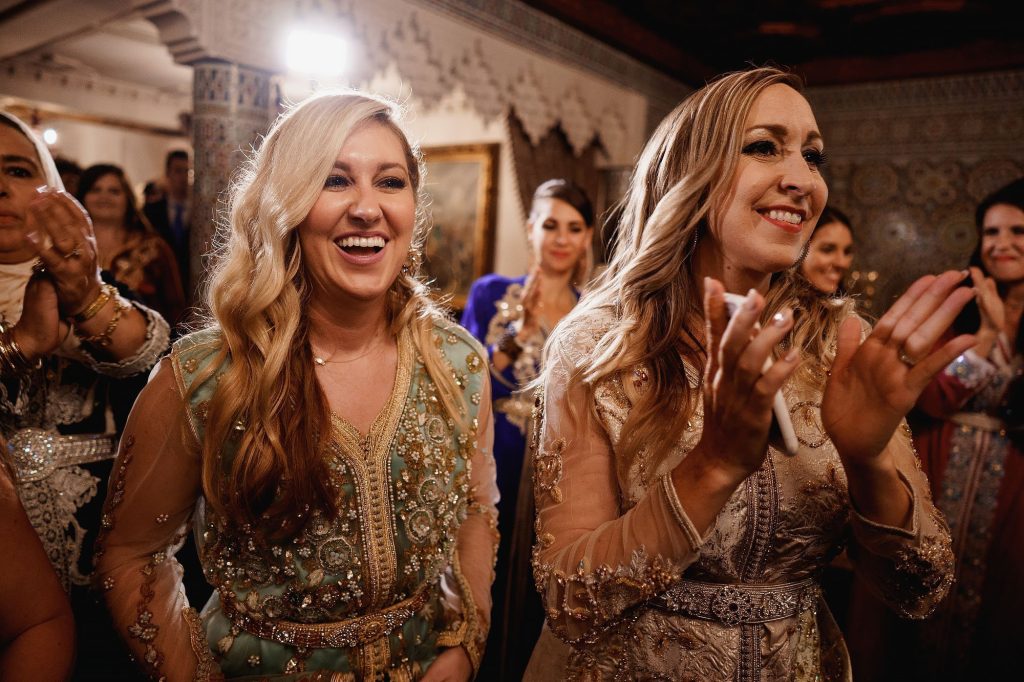
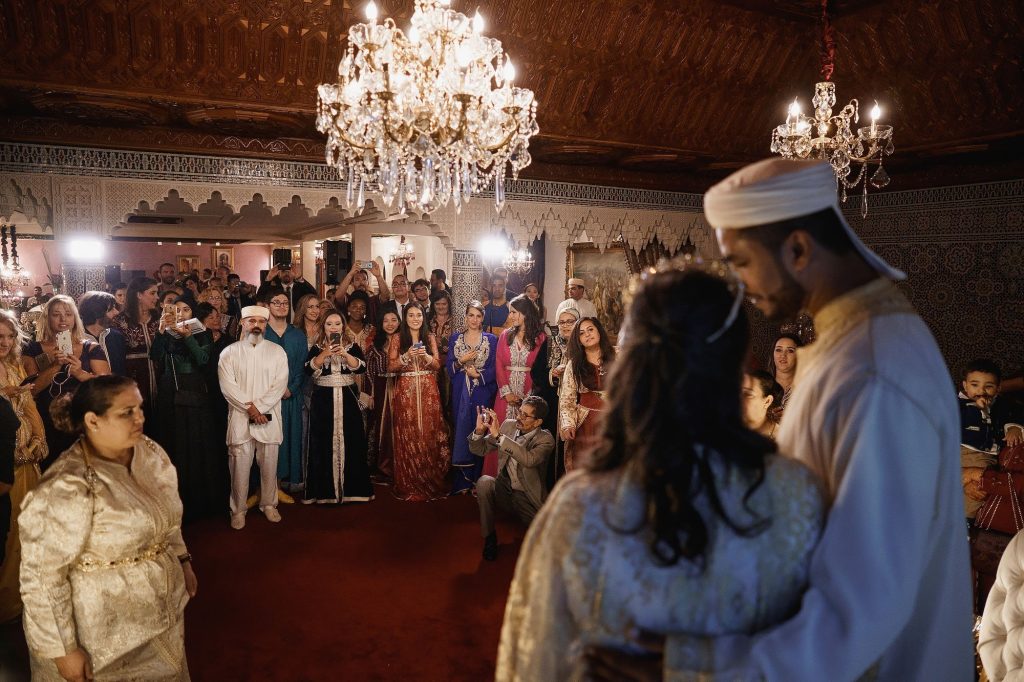
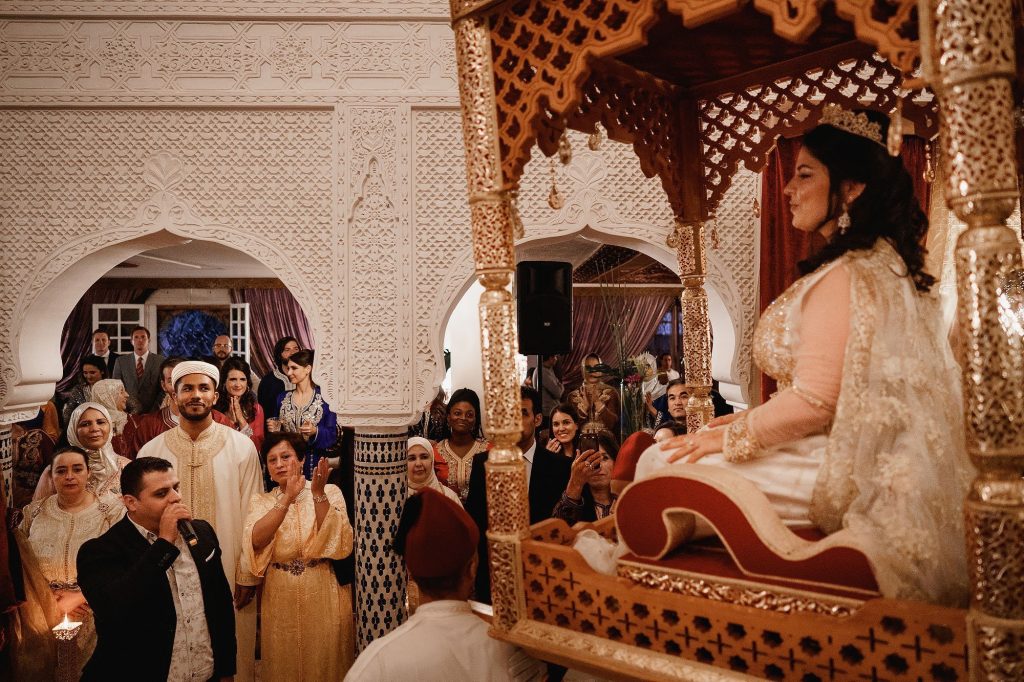
After the meal, the newly married couple receives blessings and gifts from their families. There are heartfelt speeches and expressions of love and support.
As the day progresses, the focus shifts to praying farewell to the bride as she leaves her family home to join her husband's household. This moment is filled with emotions, as the bride is accompanied by her female relatives and friends. Traditional songs are sung, and tears of joy and sadness are shed as the bride says goodbye.
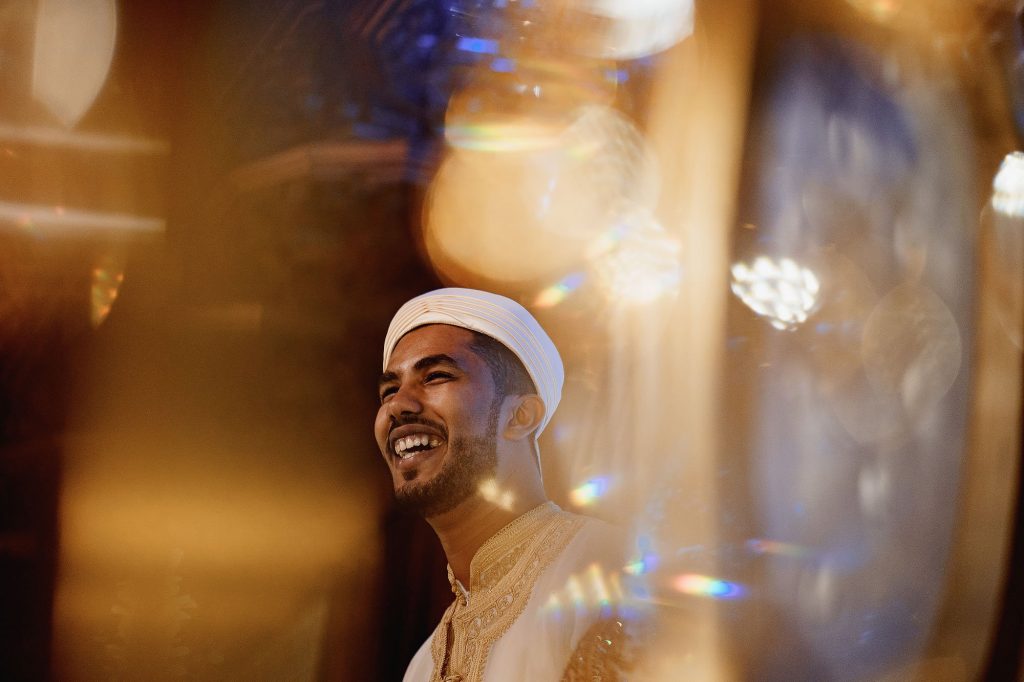
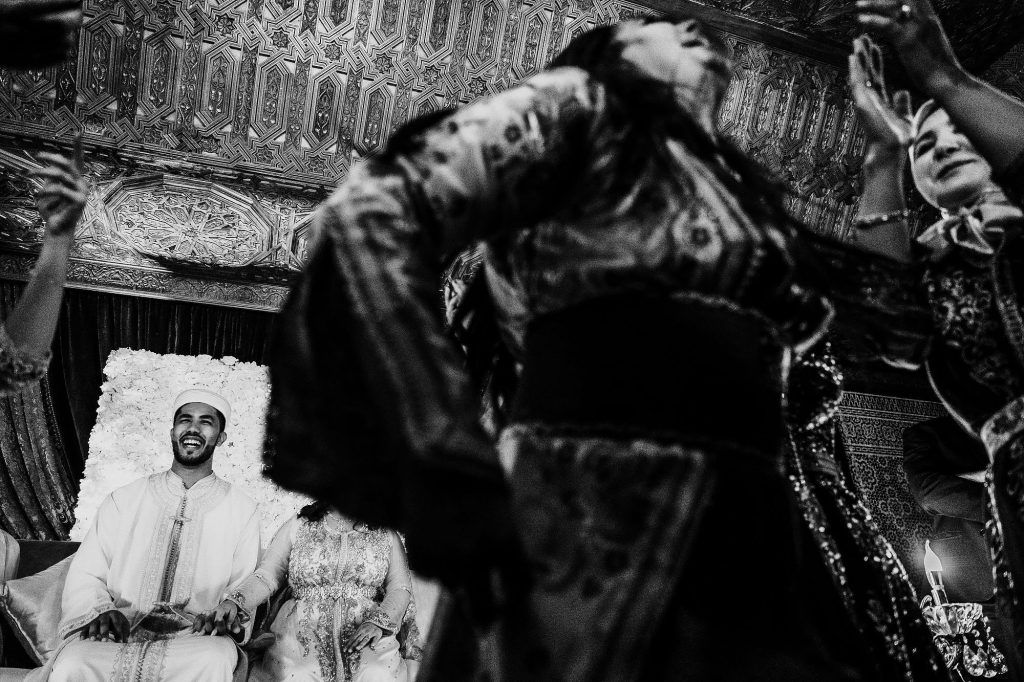
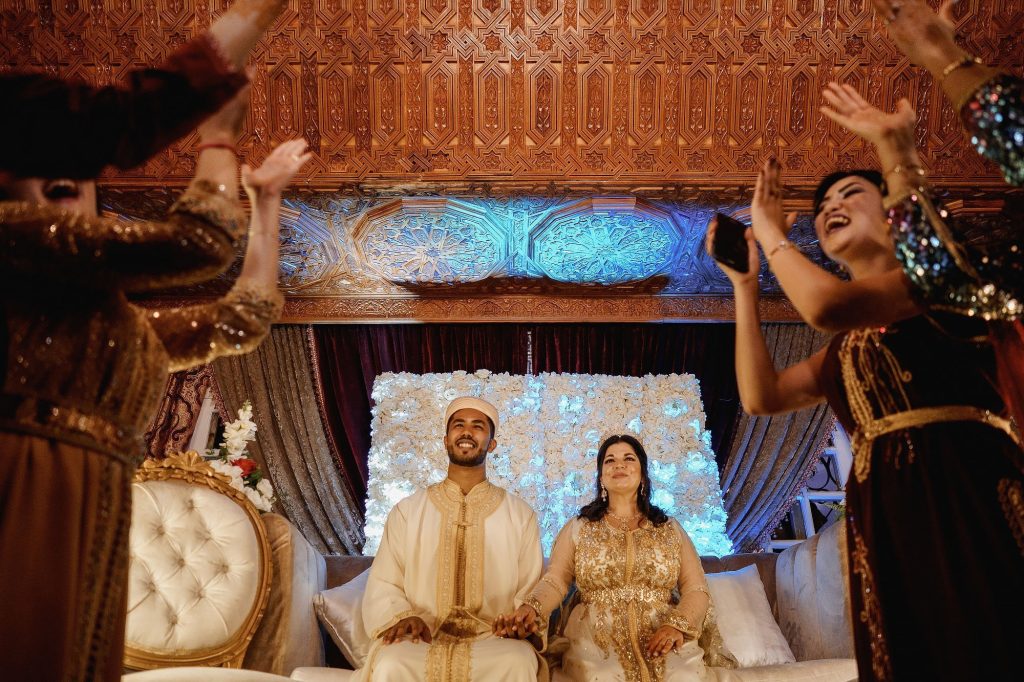
The Moroccan wedding culminates with the “Takchita,” where the bride dons a traditional, elaborately embroidered gown. The groom wears a traditional attire called “Jabadour.” The couple takes part in a final dance and receives blessings from their loved ones.
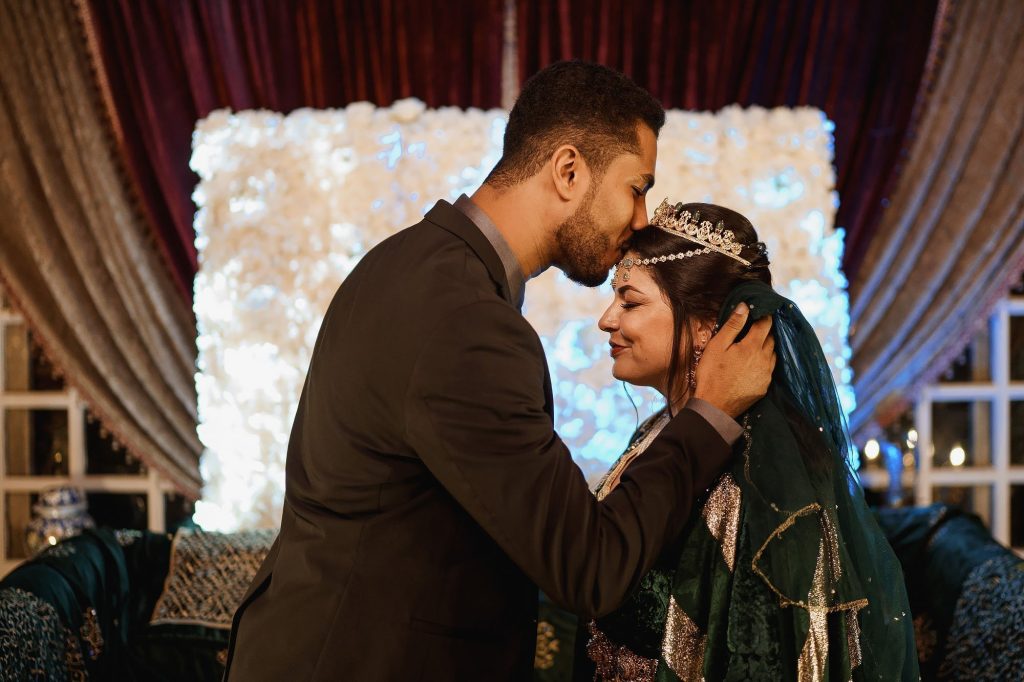
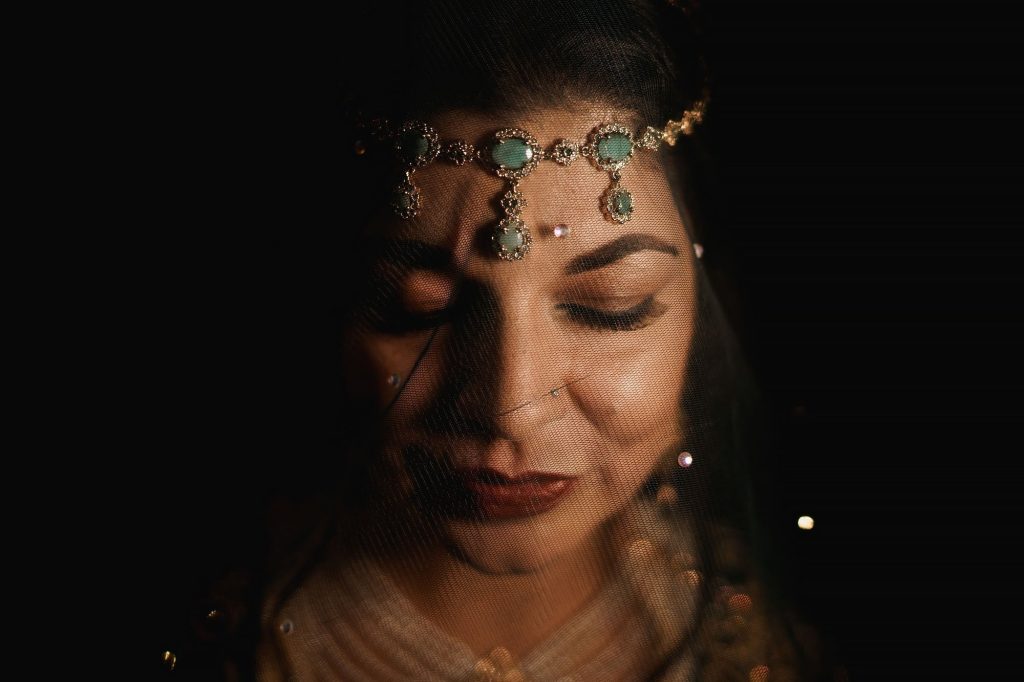
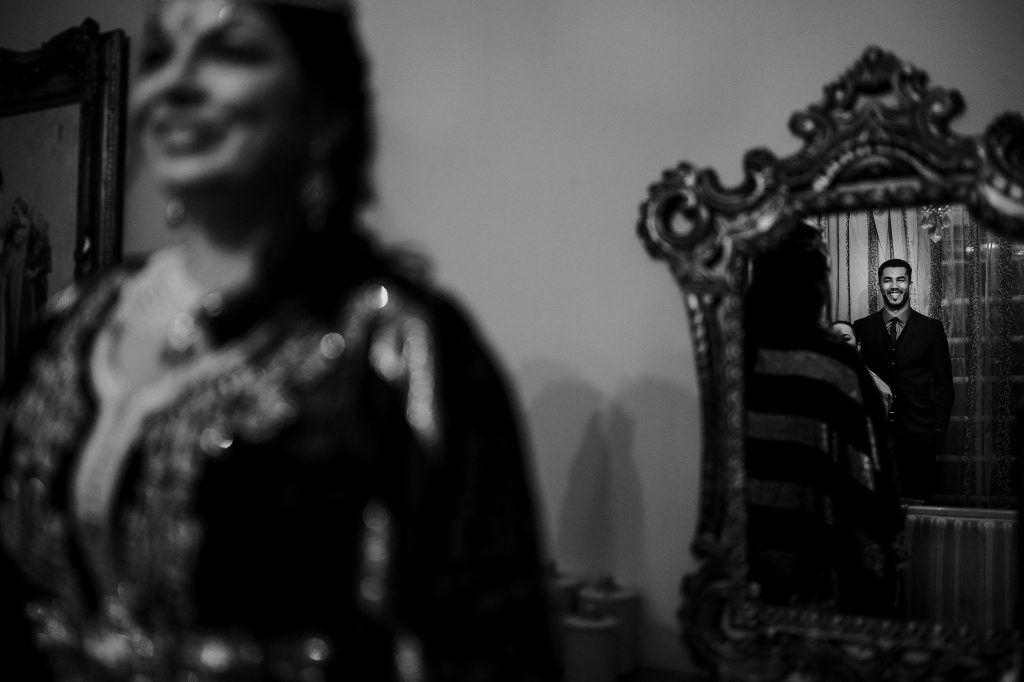
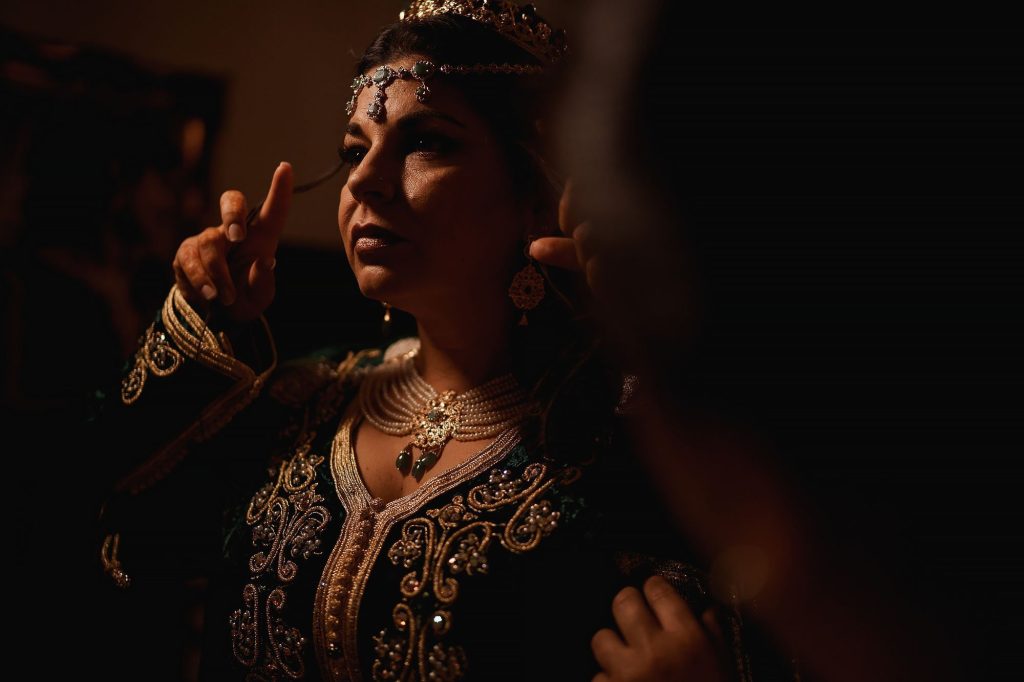
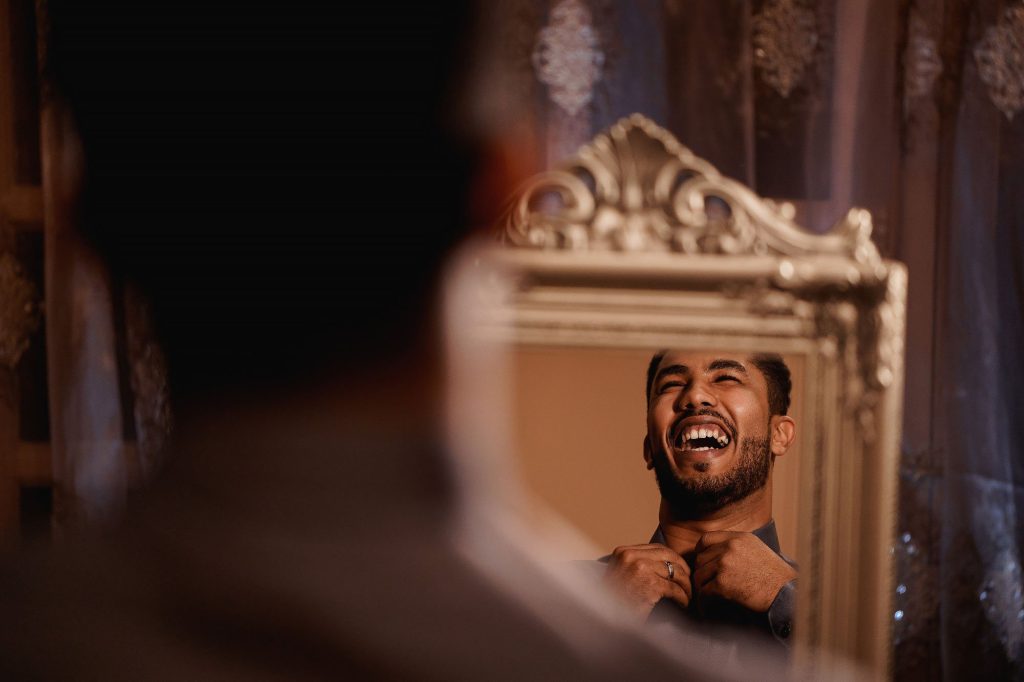
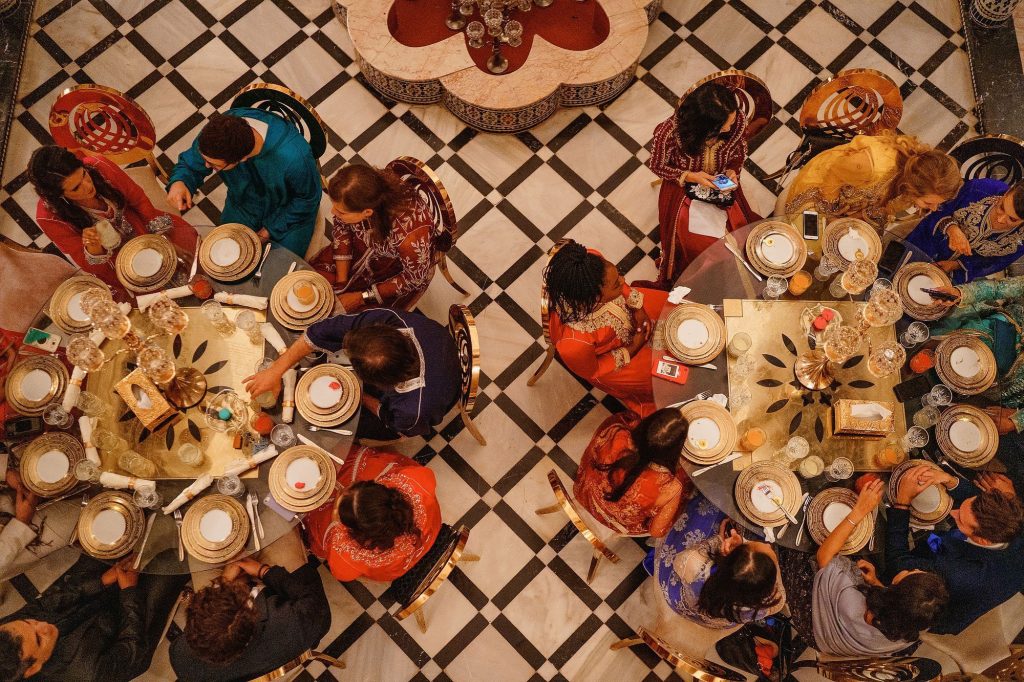
In conclusion, a Moroccan wedding is a grand affair that spans three days, filled with rituals, ceremonies, music, dance, and sumptuous feasts. It showcases the rich cultural heritage of Morocco and brings families and communities together to celebrate the union of two individuals in a joyous and memorable manner.
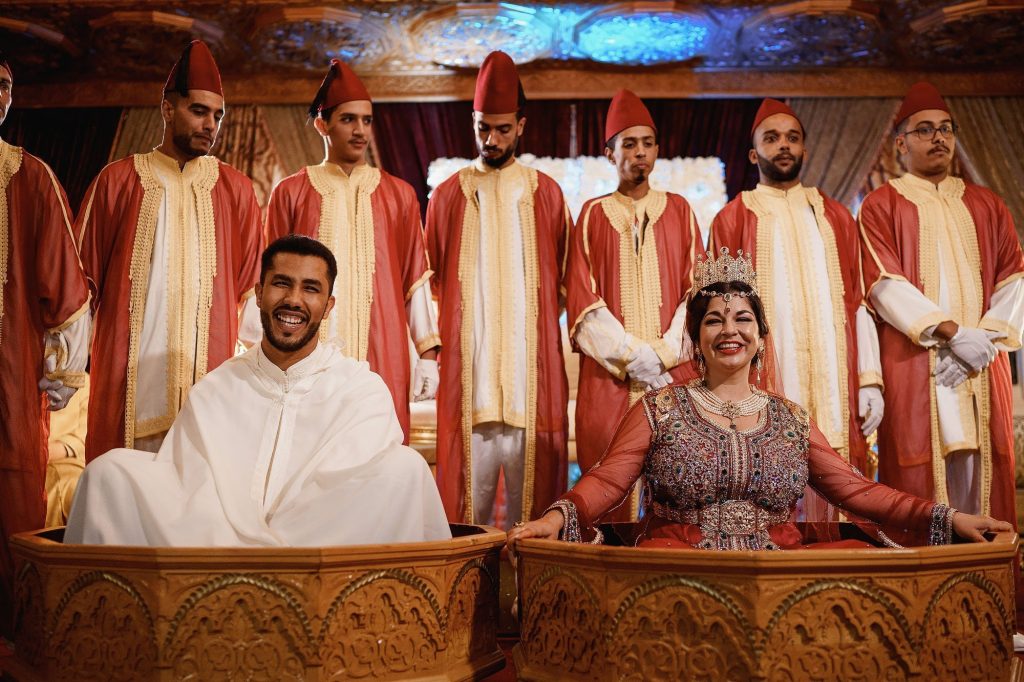
We can help you find the best suitable jewelry for your Moroccan dress, take a look at our collection, we ship worldwide: https://www.casablancax.com/en
